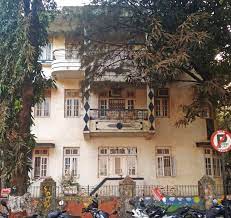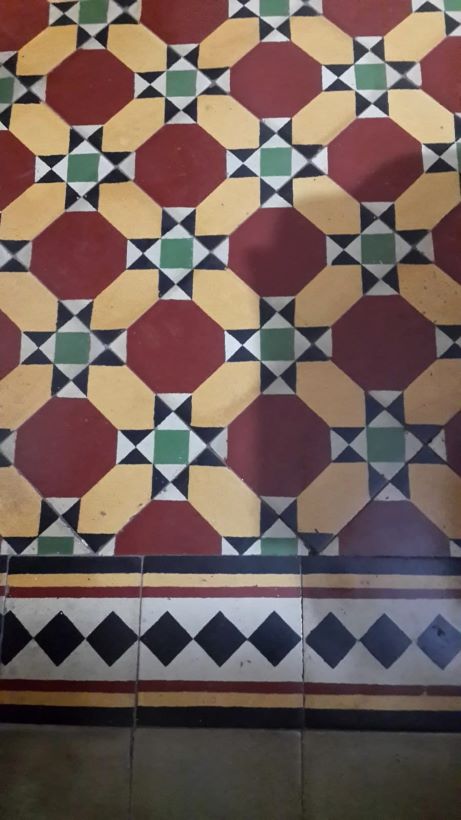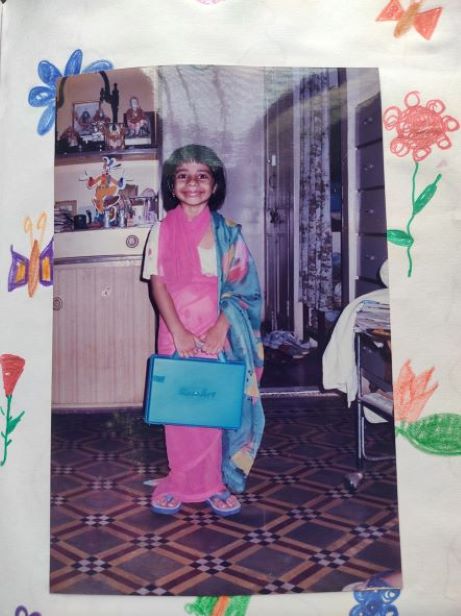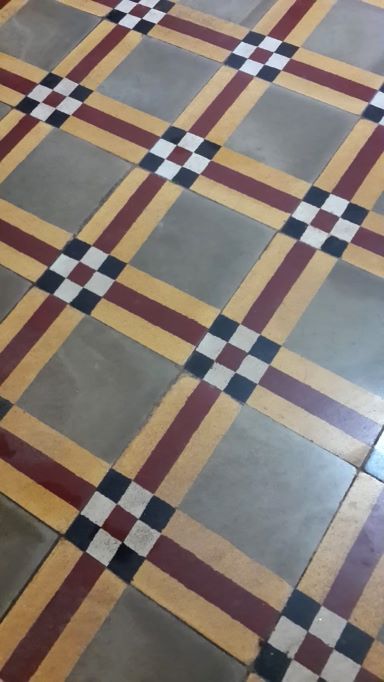100 Years
100 Stories

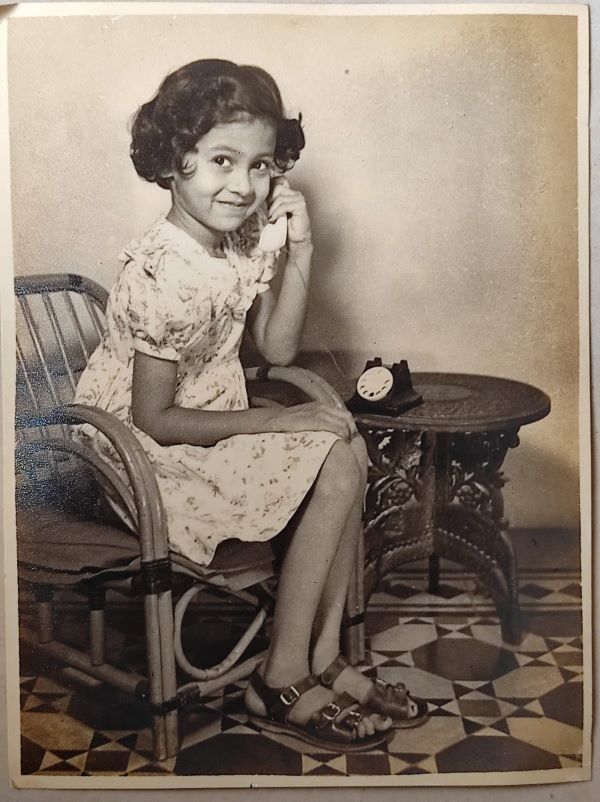
Houses do not speak, do not breath, do not move yet they tell us stories. One such house that belonged to Aadya and Anuradha Shah tells us a very fascinating and unique story. It is in a conservative sense a story of its inhabitants, of course. But this story is about how a house can have an impact on someone’s sense of aesthetic and inspire them to make art. Since it can be said that humans are generally creatures of habit, the state of a person's home has been known to physiologically influence their behaviour, emotions, and overall mental health. Hence this is a story of house becoming a home.
Anuradha Shah’s father moved into Champak around late 1930s and the house has been in their family for past three generations. Consequently, the home has seen many ups and downs thus making it a treasure trove of memories. Most of Anuradha Shah and her daughter Aadya’s memories have been associated with- perhaps what we usually don’t pay heed to- tiles. The use of tiles had started increasing in India with the advent of Art deco style and apartment living in Indian metropolises. When Anuradha Shah’s father moved to their new house, what struck them the most was the use of these unique tiles that building’s architect M.N. Gupte had used. For the longest they thought these tiles were English tiles as until BFT’s inception such pattterned tiles were imported from the U.K. It was only later that someone told them that these were made by an Indian company. Anuradha Shah recalls that despite visiting many buildings in her locality of Shivaji Park she could not locate the look-alike tiles. Her guests would often exclaim at the unconventionality of tiles used in her house. She gleefully reminisces, "They were our Shaan (Pride) in the building. Actually, they have been our heirloom. So, whenever people visited the building, people have lot of fancy things to show, but this for us whenever someone entered in the building they exclaimed in delight. We have been so proud of them. They have brought so much joy and happiness on so many occasions.”
A walled concrete façade becomes home when it offers a safe space to grow to its residents. This could mean anything for different individuals. For Aadya it was the unique colour palette and patterns of BFT’s tiles that inspired her early artistic expressions and influenced her photography later in life. “When I was growing up there, lot of arts and crafts and playing with dolls was done on the floor. Very little of it was done on the bed or in the bedroom. I actually recalled that most of my creative work has been done with the floor as a backdrop. It is very interesting to see that generally the space you are around, how it develops you mentally.”
Even for Anuradha and her mother as well, these tiles provided an aesthetic sense that made them famous amongst their locality. When Anuradha saw her mother placing furniture, curtains, and upholstery, trying to match it with the tiles’ patterns and colours, she subconsciously started developing a distinctive and individual sense of what beauty meant. “As you are growing you are also trying to match and it is not so easy to match upholstery with these tiles. Most of them had warm colours. We could never use dark green or blue or turquoise blue. So, it was kind of simultaneous aesthetic sense that we developed since our childhood.”, says Anuradha while recalling her mother’s sense of home décor, which she imbibed from the house.
Anuradha and Aadya Shah’s house has seen the war, the riots, bomb blasts, cloudburst and has even felt the tremors of two of deadliest earth quakes that have hit western India up to this date. Yet their love for the house has not deterred at all. This they feel, has a lot to do with the novel tiles used in the house. Champak has recently gone under redevelopment. However, not all is lost. It is Anuradha's dream to use the same tiles by Bharat Floorings and Tiles in their new home, once the redevelopment of Champak is complete.
You may also like
-
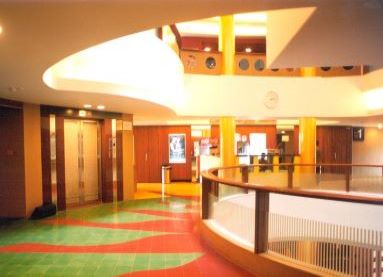 20Movie nights with BharatSpotted! Lookout for these stunning Bharat floors the next time you go for a movie! A photo feature of Bharat’s work in cinema houses and multiplexes across the country,Read More
20Movie nights with BharatSpotted! Lookout for these stunning Bharat floors the next time you go for a movie! A photo feature of Bharat’s work in cinema houses and multiplexes across the country,Read More -
 21Pivot or Perish: World War II & BFTBharat faced its first major crisis, the Second World War, 17 years after it was born. Faced with cement requisitions and reduced demands, the company cleverly expanded its product range, ensuring that they would tide through a tough time.Read More
21Pivot or Perish: World War II & BFTBharat faced its first major crisis, the Second World War, 17 years after it was born. Faced with cement requisitions and reduced demands, the company cleverly expanded its product range, ensuring that they would tide through a tough time.Read More -
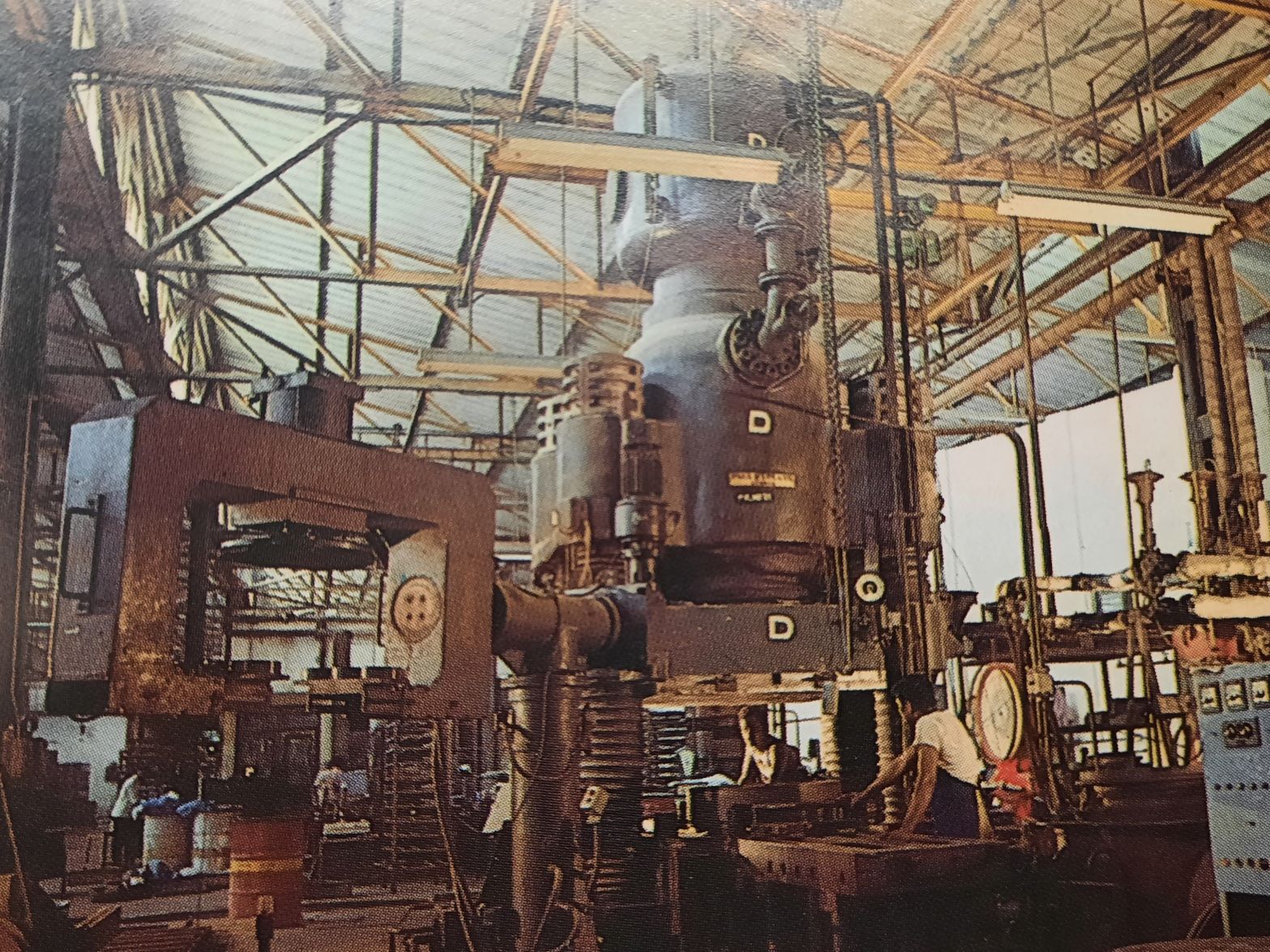 22Grindwell OriginA refugee engineer, some resolve and plenty of creativity. That was all it took for the Bharat founders to launch an entirely new company in the midst of the raging Second World War, selling abrasive wheels to the British.Read More
22Grindwell OriginA refugee engineer, some resolve and plenty of creativity. That was all it took for the Bharat founders to launch an entirely new company in the midst of the raging Second World War, selling abrasive wheels to the British.Read More

